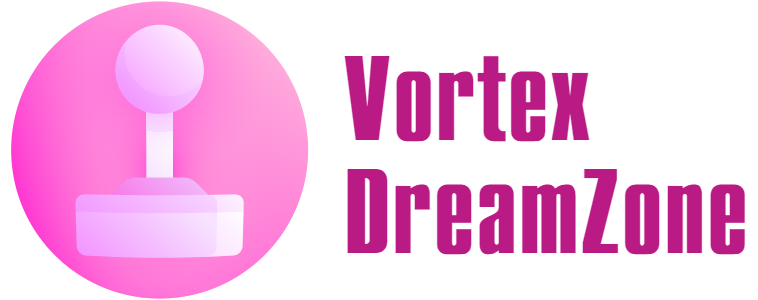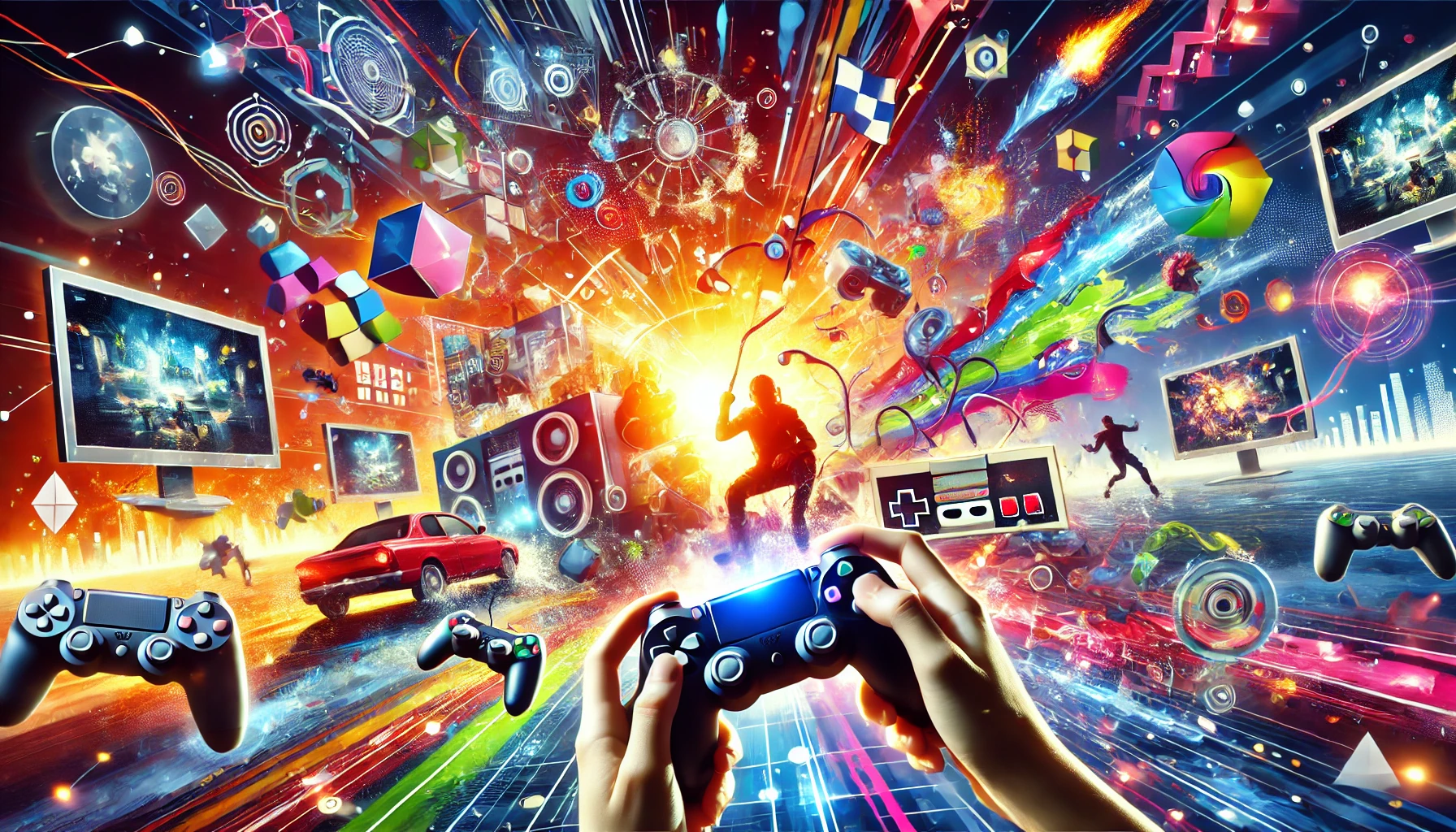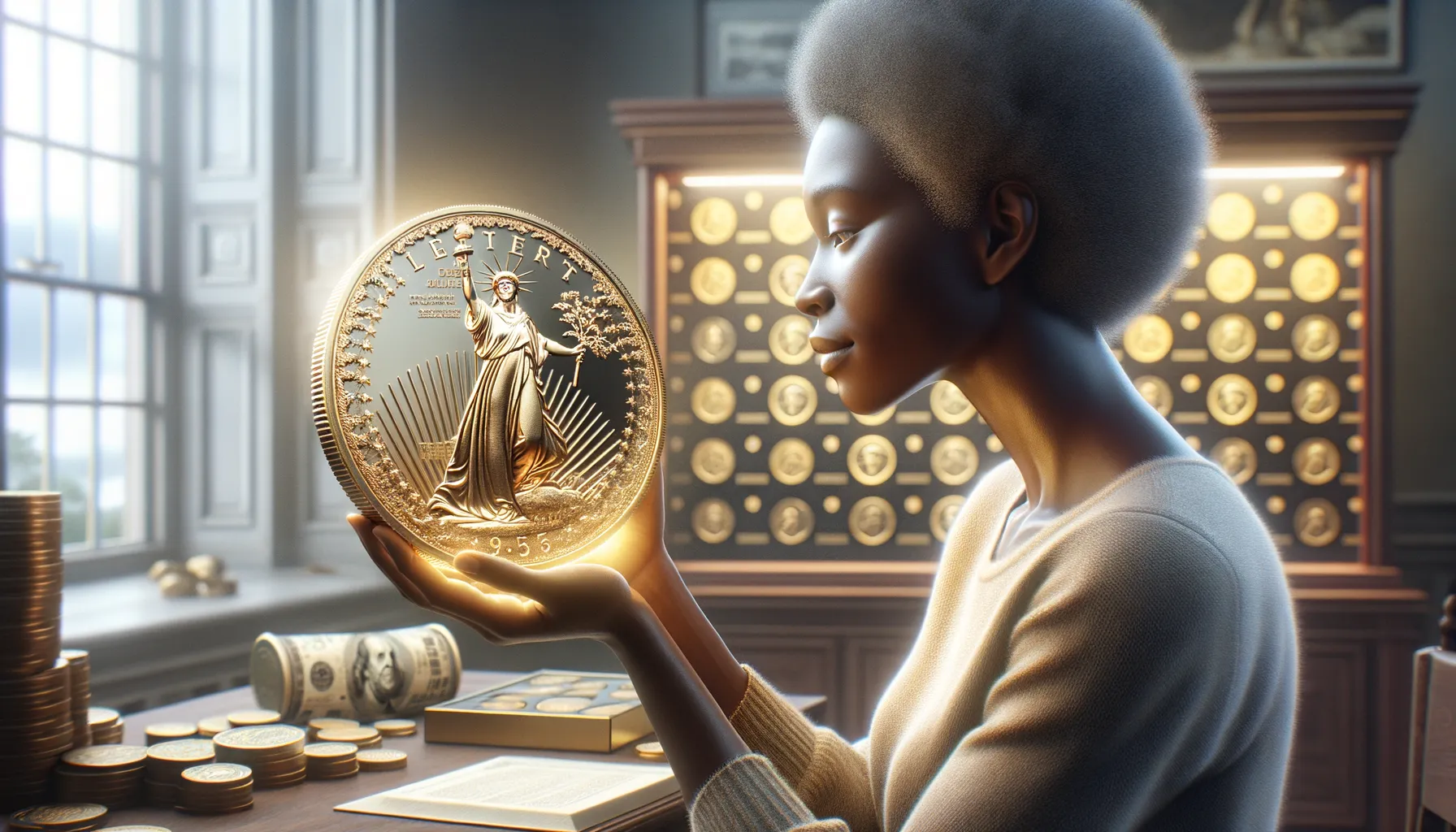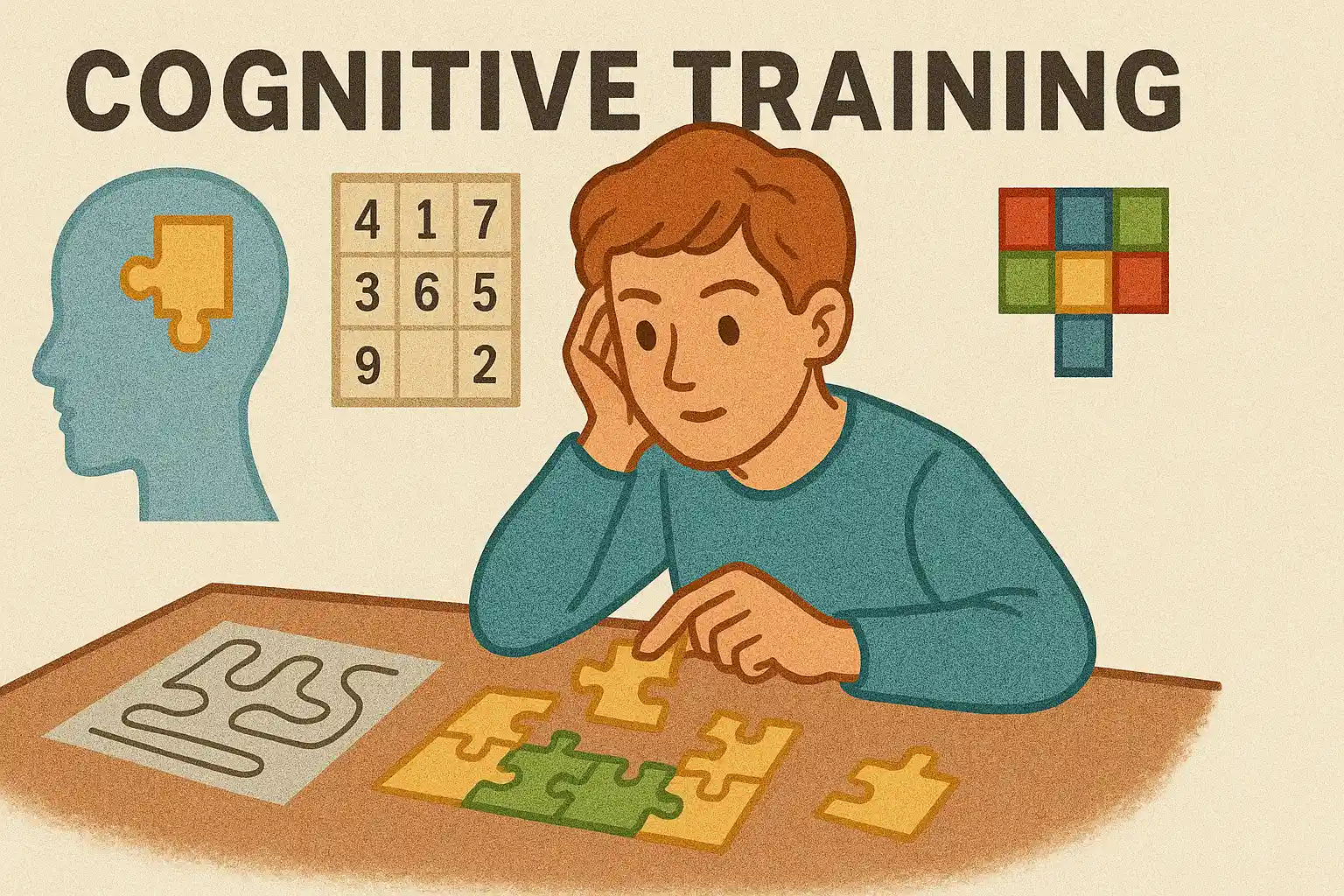Understanding the Concept of In-Game Purchases
What Exactly Are In-Game Purchases?
Imagine diving into a fantasy world where you’re battling dragons or upgrading your dream sports car in a high-stakes race. Suddenly, a shiny new sword or a performance-enhancing turbocharger pops up, promising to give you that extra edge. That’s the essence of in-game purchases—those often irresistible offers built right into your gaming experience.
At its core, an in-game purchase is an exchange: real-world money for virtual goods or perks. These purchases can range from aesthetic changes, like exclusive character skins, to game-altering power-ups or even full expansion packs. Some are purely cosmetic (think: your favorite hero finally having glowing armor), while others give you direct advantages, like faster level progression.
- Cosmetic items: Skins, avatars, or emotes that let you show off your unique style.
- Pay-to-win features: Extra lives, weapons, or abilities that give players a competitive edge.
But here’s the twist—while many games advertise themselves as “free-to-play,” in-game purchases often fund these experiences. Developers use them to keep servers online, update content, and, let’s be honest, sometimes just turn a profit.
Why They Hook Us So Easily
Here’s the clever part: in-game purchases often play on our emotions. Ever felt FOMO when your friends flaunt rare gear? Or maybe you’ve been enticed by those time-limited deals splashed across the screen with urgent phrases like, “Only available for the next 24 hours!” This strategy isn’t random—it’s psychological.
Developers design these purchases to feel like rewards. Play long enough, and suddenly spending $5 on a “loot box” feels less like a splurge and more like unlocking a treasure chest after a hard day’s adventure. Plus, let’s not forget the genius of virtual currencies like gems or coins—numbers that make purchases feel less tied to your real bank account.
So, while the concept of in-game purchases might seem simple, it’s woven with threads of psychology, game design, and, yes, a touch of magic.
The Financial Impact of Microtransactions on Gamers
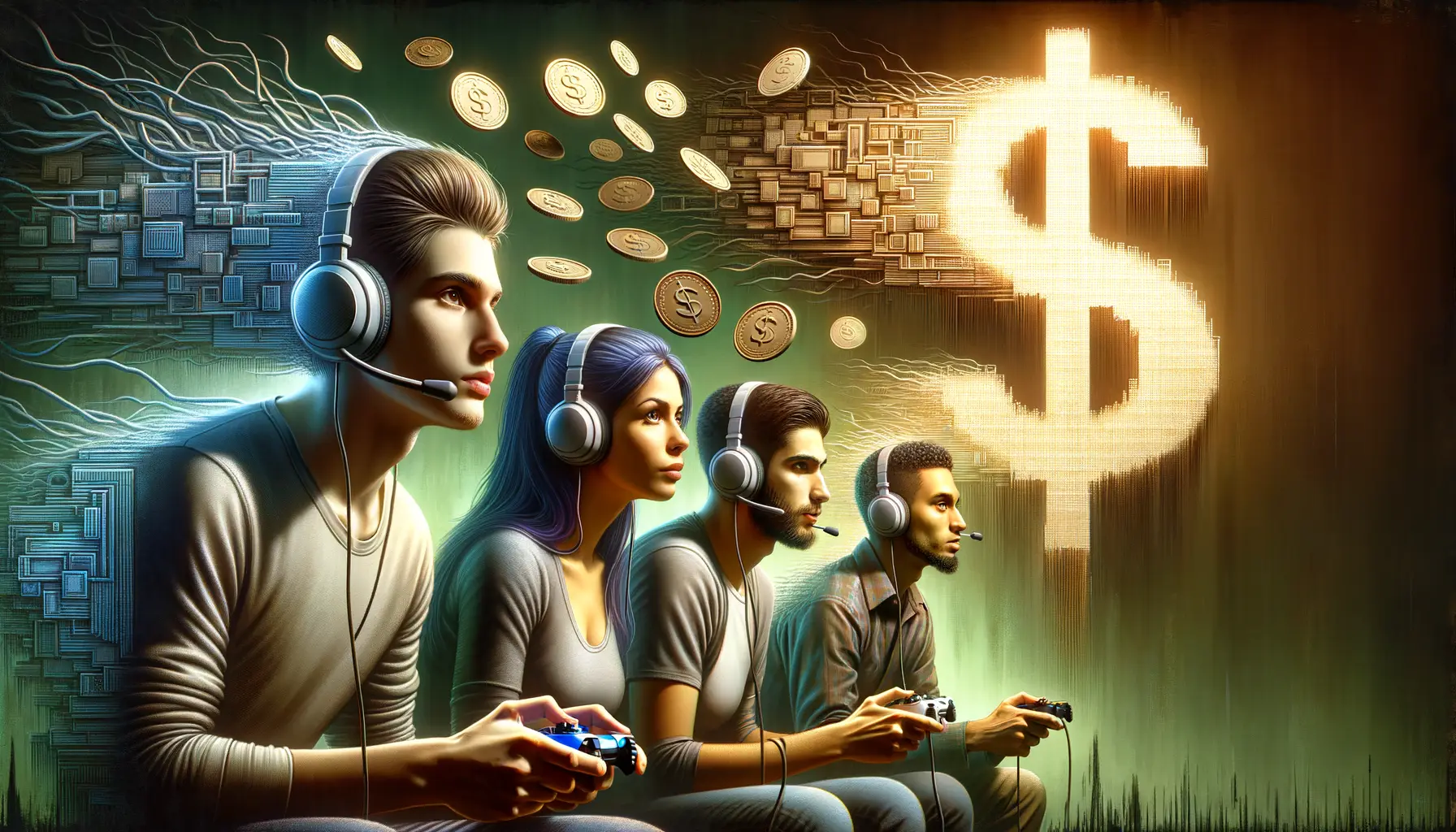
The Hidden Costs Lurking in Your Gaming Library
If you’ve ever thought, “It’s just $2.99 for that skin,” you’re not alone. Microtransactions are cleverly designed to feel harmless—almost invisible. But let’s pull back the curtain for a moment. These small purchases can snowball faster than a rogue game bug, quietly draining wallets without gamers even realizing it. Take the story of one gamer who spent over $1,000 outfitting their character in an MMORPG. For them, it started with a single purchase: a cool mount that “enhanced their experience.” By the end? A financial black hole.
Why is this happening? For starters, microtransactions work on psychology more than logic. They tug at our impulses and create a sense of urgency, like when a limited-time offer pops up mid-match. Here’s where it gets trickier: they don’t just appear in one-off games anymore. Even blockbuster titles you’ve already paid $70 for often weave in microtransaction systems!
- Recurring charges sneak in through battle passes.
- “Pay-to-win” mechanics tempt competitive players.
- Exclusive cosmetics stir FOMO (fear of missing out).
Innocent? Hardly. These purchases may feel bite-sized, but over time, they add up to a feast—and not the kind your bank account ever agreed to serve.
Analyzing the Value Proposition of In-Game Purchases
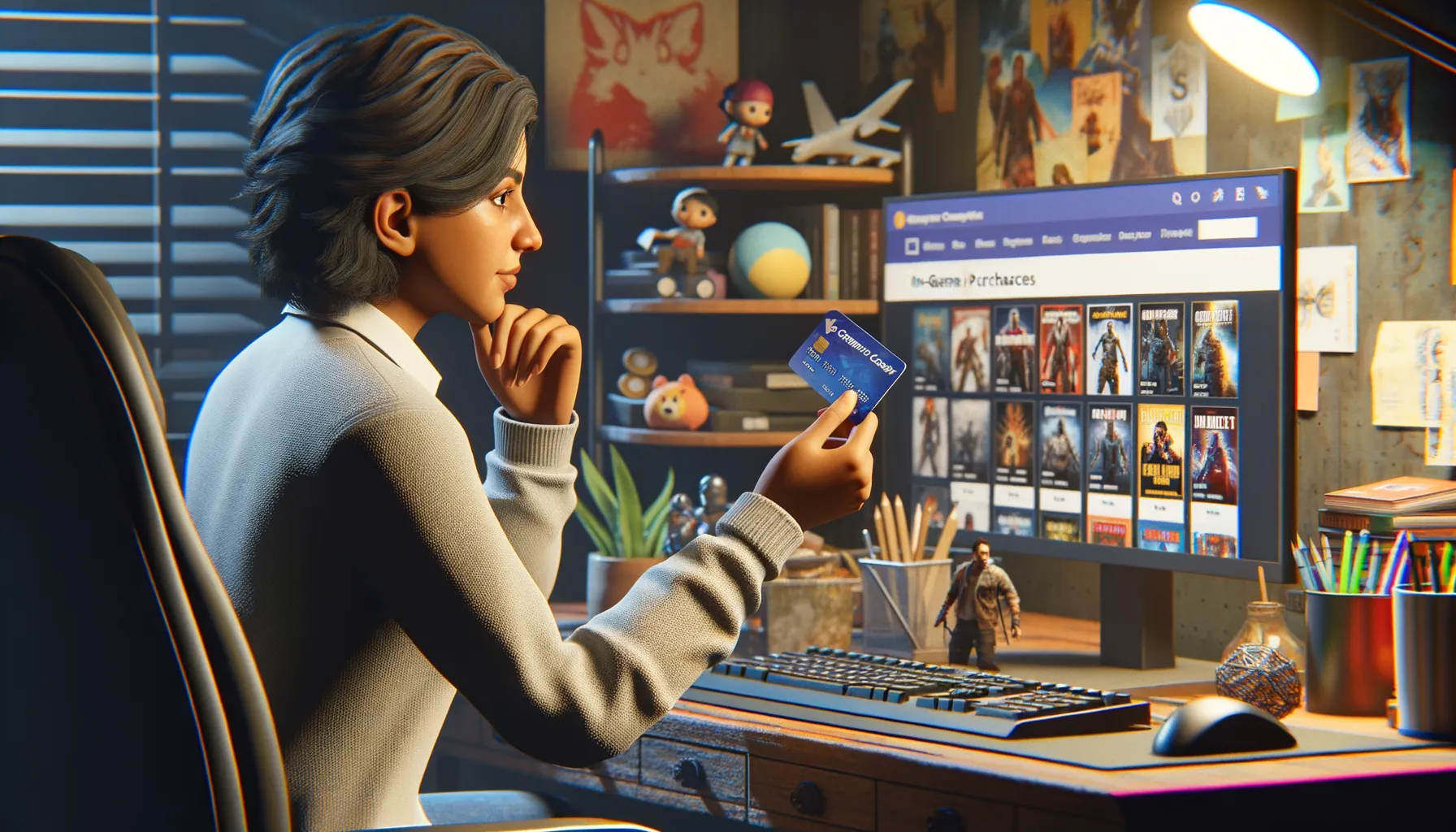
The Hidden Gems or Hidden Costs?
Picture this: you’re deep in the heart of an epic fantasy battle—or maybe on the verge of unlocking a new outfit for your character that screams “me, but cooler.” Then comes the nudge: spend $4.99 to instantly elevate your gameplay. But is it worth it? That’s where understanding the *value* of in-game purchases gets tricky yet fascinating.
Let’s talk about what you’re really buying. Sure, you could argue it’s virtual swords, rare skins, or a faster progress bar. But there’s more beneath the shiny graphics. Some purchases provide unparalleled entertainment, like securing bragging rights or accessing unique challenges exclusive to paying players. Yet others may fizzle out faster than cheap fireworks, leaving you wondering if you just paid for glorified pixels.
- Pay-to-win power-ups: Game-breaking advantage or fleeting thrill?
- Cosmetics-only skins: A meaningful way to express your individuality—or just vanity?
- Convenience items: Time-savers or shortcuts that dilute the sense of achievement?
It’s personal—you’re not just buying items; you’re buying a feeling, whether it’s pride, convenience, or excitement. So, is $10 for that sparkly dragon mount worth it? Depends on whether flying feels better when you don’t overthink the math.
Psychological and Behavioral Drivers Behind Spending

What Pulls Us Into Spending? The Brain’s Role
Ever made an in-game purchase and thought, “Why did I *really* spend money on that?” You’re not alone. Game developers are masters at tapping into our psyche, crafting experiences that feel almost irresistible. It starts with dopamine—a powerful neurochemical. Every time you level up, unlock a rare item, or achieve something extraordinary, your brain rewards you with a surge of happiness. What’s next? You crave more. And spending? Well, it becomes the golden ticket to keep that cycle going.
But it’s not just chemicals steering the wheel. There’s also the sneaky concept of the *“fear of missing out”*—or as you might know it, plain ol’ FOMO. Ever seen a limited-time skin or exclusive bundle pop up in the store? That little timer is ticking for a reason. The pressure builds: “What if I let this slip away forever?!” And before you know it, you’re clicking ‘Buy.’
- Convenience: Why grind for weeks when $5 gives you instant upgrades?
- Social currency: Exclusive gear can make you stand out in your squad.
- Personal expression: You want your character to reflect YOU, right?
It’s a clever dance of psychology and design, creating experiences you want to invest in, both emotionally—and financially.
Future Trends and Ethical Considerations in In-Game Monetization
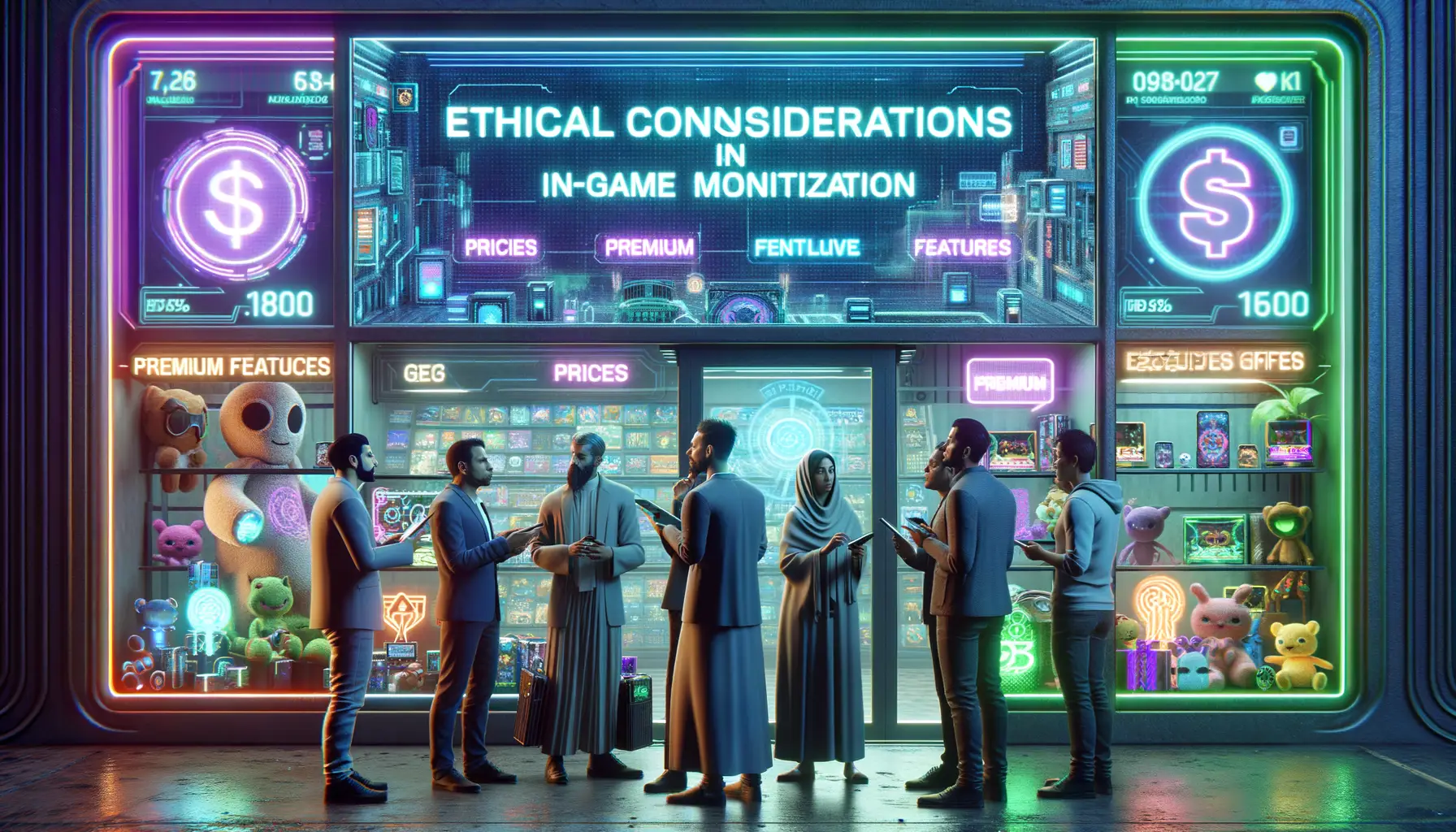
The Next Evolution: Personalized Monetization
The future of in-game monetization is stepping into an era of unprecedented customization, where your gaming experience feels tailor-made. Imagine this: you’re wandering through a lush digital universe, and the upgrades, skins, or perks offered to you are based on *your* unique playstyle. This is called **dynamic personalization**, and it’s already starting to shape the industry.
Instead of generic offers, AI-powered systems will analyze your gameplay—like how often you conquer enemies, explore new levels, or team up with friends. Then, they’ll craft offers that feel as though they were plucked straight out of your gaming dreams. Tempting? Sure. But also unsettling when you think about how much data companies are gathering about you.
And let’s not forget the rise of **subscription-based models**. Instead of one-off purchases, players may find themselves subscribing to monthly passes for exclusive items, similar to platforms like Netflix.
- But will these trends empower players—or just empty their wallets faster?
- How do we draw boundaries between innovation and exploitation?
Ethical Dilemmas: When Does Monetization Cross the Line?
Here’s the million-dollar question: when does in-game monetization stop enhancing fun and start feeling predatory? Some developers face criticism for exploiting human psychology, particularly through techniques like **loot boxes**—a dice roll that feels more like gambling than gaming. Many countries are already debating regulation, arguing such features target vulnerable players, including children.
On the flip side, there’s hope. Gamers are speaking out, demanding transparency and fairness. Some voices in the industry are pushing for features like clear pricing structures, optional spending caps, or even marketplaces where players can resell digital items. These trends hint at a future where monetization respects players as people—not just walking piggy banks.
But here’s the rub: will studios prioritize **ethics over profits**, or will clever marketing keep turning temptation into billions? At the end of the day, it’s all about balance—because gaming should always feel like a passion, not a financial trap.
